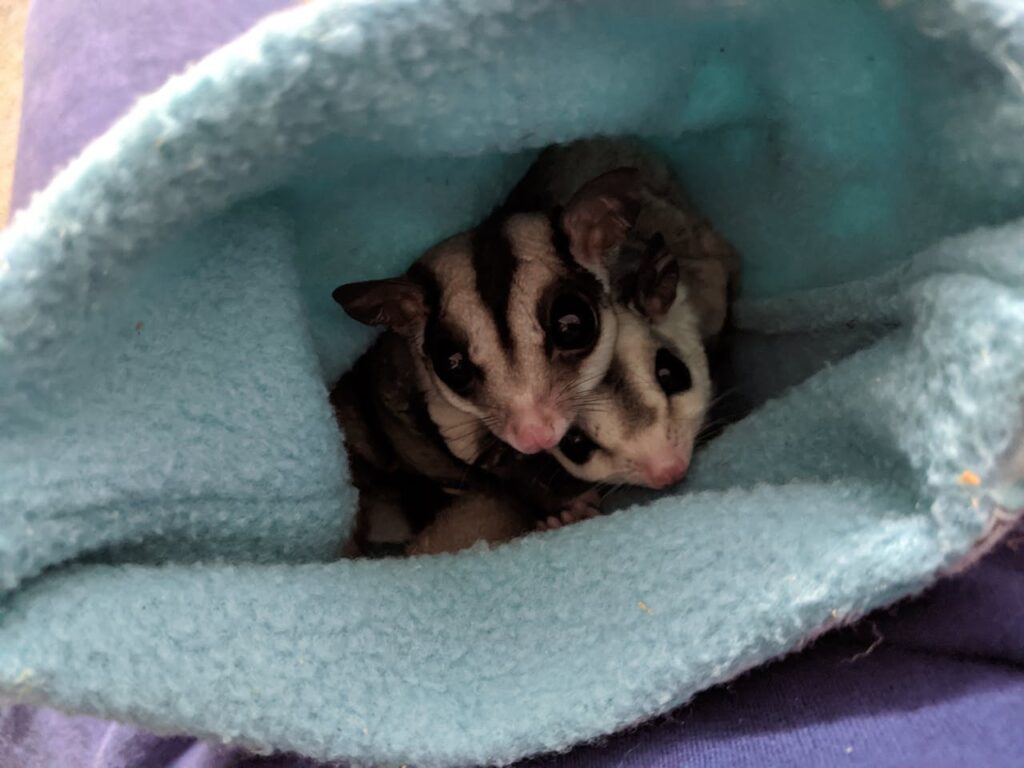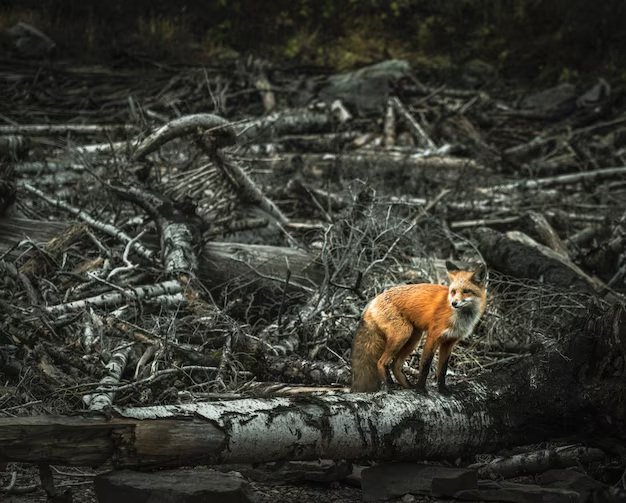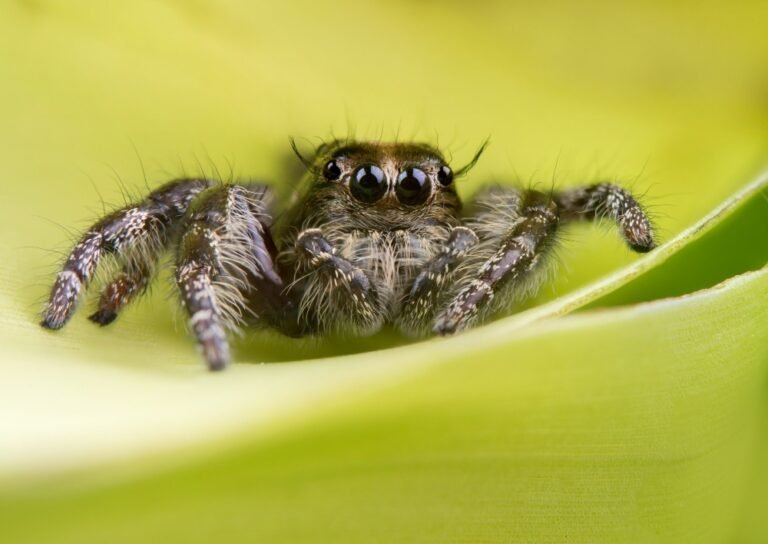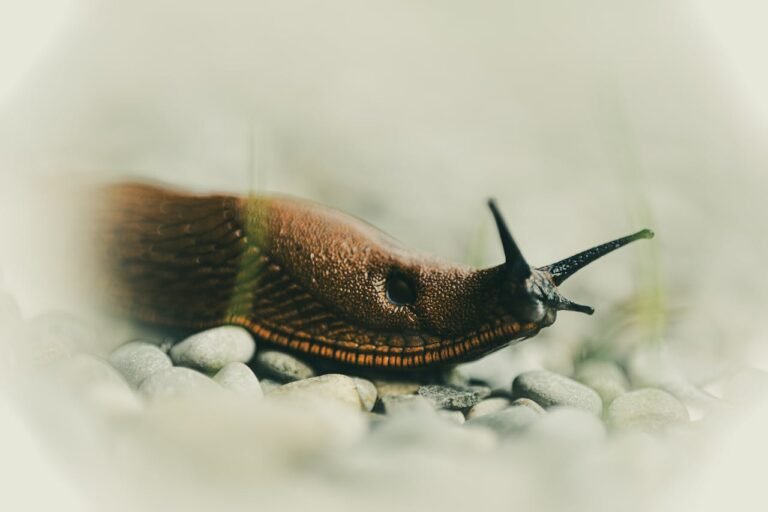Bringing a touch of the wild into our homes—like a parrot or a sleek lizard—can be an exciting and unique experience. These exotic pets offer a glimpse into nature’s wonder and what life feels like in the wild.
However, there’s a cost dimension to this luxury, and it’s important to face the reality before considering bringing one into your home. Many exotic animals have highly specialised needs—specific diets, habitats, and care routines—that are difficult to replicate in a typical household. According to the British Veterinary Association, 81% of vets are concerned that the welfare needs of non-traditional pets, such as reptiles and birds, are not being met, often due to a lack of understanding about their care.
Moreover, the demand for exotic pets can have unintended consequences for wildlife populations. The rising popularity of small primates like marmosets—often purchased impulsively for their expressive faces and tiny size—has alarmed conservationists and veterinarians alike. While they may look cute, these animals require complex care, social interaction, and specific diets. Many end up surrendered or neglected when owners realise how difficult they are to manage in a household setting.
While the companionship of exotic pets can be rewarding, it’s essential to consider the broader implications. Responsible ownership—sourcing pets from ethical breeders and thoroughly understanding their care requirements—is crucial. Our goal in this article is to provide a well-rounded understanding to help you make informed and ethical choices about exotic pet ownership.

In This Article
- What Defines an Exotic Pet (And a Real Look at What It’s Like)
- Examples of Popular Exotic Pets: Profiles and Challenges
- The Exotic Pet Trade: An Overview
- Environmental Impacts of Exotic Pet Ownership
- Real-World Stories
- Legal and Ethical Considerations
- Conclusion: Responsible Exotic Pet Ownership
What Defines an Exotic Pet (And a Real Look at What It’s Like)
When we talk about exotic pets, we mean any animal that isn’t traditionally domesticated—so, think beyond the usual dogs, cats, or hamsters. Exotic pets can include reptiles like bearded dragons and snakes, birds like parrots, and small mammals such as sugar gliders and hedgehogs. These animals often have very specific care needs, special diets, and require environments that mimic their natural habitats as closely as possible.
Interestingly, the definition of “exotic” can shift depending on where you are. In some places, even rabbits and guinea pigs are considered exotic pets because they have unique veterinary needs. No matter the species, what stays the same is that exotic pets come with responsibilities that are quite different—and often much more demanding—than traditional pets.
Take sugar gliders, for example. One owner on Reddit shared how deeply they bonded with their sugar gliders but admitted that the care was intense. They needed a special travel cage and had to plan their life around their pets’ nocturnal habits. Another owner talked about how sugar gliders need constant companionship to stay healthy and happy—otherwise, they can develop serious issues like over-grooming or depression. These real experiences show why it’s so important to know what you’re signing up for before bringing an exotic pet home.
Examples of Popular Exotic Pets: Profiles and Challenges
1. Parrots (e.g., Macaws, Cockatoos)
Lifespan: 40–80 years
Parrots are known for their intelligence and social nature. They can mimic human speech and form strong bonds with their owners. However, their long lifespan means they require a lifelong commitment. Without adequate mental stimulation and social interaction, parrots can develop behavioural issues like feather plucking and aggression.
In the wild, some parrot species have faced population declines due to the pet trade. For instance, the blue-throated macaw, native to Bolivia, has seen significant reductions in numbers, partly because of illegal trapping for pets. Conservation efforts are ongoing to protect these birds and their habitats.
2. Reptiles (e.g., Iguanas, Ball Pythons)
Lifespan: 10–20 years
Reptiles like iguanas and ball pythons are popular for their unique appearances. They require specific environmental conditions, including UV lighting, controlled humidity, and spacious enclosures. Improper care can lead to health issues such as metabolic bone disease.
The release of pet reptiles into the wild has led to ecological problems. In Florida, Burmese pythons, originally from Southeast Asia, have established a breeding population in the Everglades. These invasive snakes have caused significant declines in native mammal populations, including raccoons and rabbits, disrupting the ecosystem. Efforts are ongoing to manage and control their spread
3. Amphibians (e.g., Axolotls, Dart Frogs)
Lifespan: 5–15 years
Amphibians like axolotls and dart frogs are admired for their unique features and colours. They are sensitive to environmental changes and require clean water, stable temperatures, and specific diets. Neglecting these needs can lead to health problems
Over-collection for the pet trade poses a threat to wild populations. For example, axolotls, native to Mexico, have seen significant habitat loss and are now critically endangered. Responsible pet ownership and supporting conservation efforts are crucial to protect these species.
4. Mammals (e.g., Fennec Foxes, Hedgehogs)
Lifespan: 5–10 years
Exotic mammals like fennec foxes and hedgehogs have gained popularity due to their unique appearances. However, they have specific needs. Fennec foxes are nocturnal and require ample space to roam, while hedgehogs need a controlled environment and can be prone to obesity if not properly cared for.
Escaped or released exotic mammals can disrupt local ecosystems. In some areas, non-native species have established populations, leading to competition with native wildlife and the potential spread of diseases. It’s essential to ensure secure enclosures and prevent accidental releases.
5. Invertebrates (e.g., Tarantulas, Scorpions)
Lifespan: 5–30 years (depending on species)
Invertebrates like tarantulas and scorpions are often kept for their intriguing behaviours and low maintenance. They require specific humidity and temperature levels to thrive. Misunderstandings about their care can lead to stress and health issues.
Collecting these creatures from the wild for the pet trade can reduce biodiversity and disrupt ecosystems. Some species are now facing population declines due to overharvesting. Opting for captive-bred individuals and supporting sustainable practices can help mitigate these impacts.
Learn More: The Environmental Impact of Pet Ownership and Sustainable Solutions
The Exotic Pet Trade: An Overview
The exotic pet trade is a vast global industry, valued between $7 billion and $23 billion annually, involving a diverse array of animals—from vibrant birds and reptiles to mammals and invertebrates. While some of these animals are bred in captivity, a significant number are still captured from the wild, raising serious ethical and conservation concerns.
A comprehensive study analysing CITES trade data from 2006 to 2012 revealed that birds were the most species-rich and abundant class reported in trade, followed by reptiles and then mammals. Notably, reptiles were the most studied in this context. The study also highlighted that mammals and reptiles traded as pets were more likely to be threatened species than expected by chance.
The financial incentives driving this trade are significant. Rare and exotic animals can fetch high prices on the black market, making them lucrative targets for poachers and traffickers. For example, certain species of parrots and reptiles are highly sought after in the pet trade, leading to overexploitation and population declines in their native habitats.
The high demand for exotic pets not only threatens biodiversity but also poses risks to public health and safety. The capture and transport of wild animals can facilitate the spread of zoonotic diseases, as seen in past outbreaks linked to the wildlife trade.
Efforts to regulate the exotic pet trade and promote sustainable practices are ongoing. However, the persistence of illegal activities and the challenges of enforcement highlight the need for increased awareness and stronger international cooperation to protect wildlife and preserve ecosystems.
Environmental Impacts of Exotic Pet Ownership
1. Disrupting Local Ecosystems
When non-native pets are released into the wild, they can become invasive species, disrupting local ecosystems. A notable example is the red-eared slider turtle (Trachemys scripta elegans), originally native to the southeastern United States. Due to their popularity in the pet trade, these turtles have been introduced to various parts of the world, including Europe, Asia, and Australia. In many of these regions, red-eared sliders have established feral populations that outcompete native turtle species for food and basking sites. Their aggressive behaviour and adaptability give them a competitive edge, leading to declines in indigenous turtle populations and altering local aquatic ecosystems. Consequently, red-eared sliders are now listed among the world’s worst invasive species.
2. Habitat Destruction from Wildlife Capture
The demand for exotic pets often leads to the capture of wild animals, which can result in habitat destruction. Trappers may damage ecosystems to capture these animals, and removing significant numbers of animals from their natural habitats can disrupt ecological balance. This not only threatens the species being captured but also affects other species that rely on the same habitat.
3. Risk of Disease Transmission
Exotic pets can be carriers of zoonotic diseases—illnesses that can be transmitted from animals to humans. In 2003, the U.S. experienced a monkeypox outbreak linked to imported African rodents sold as exotic pets. These rodents infected prairie dogs, which then transmitted the disease to humans. This incident highlighted the public health risks associated with the exotic pet trade.
4. Stress and Mortality in Captivity
Many exotic animals suffer in captivity due to inadequate care and the stress of being removed from their natural environments. For instance, African grey parrots are known for their intelligence and social nature. In captivity, they often experience psychological stress, leading to behaviours like feather plucking and repetitive movements. A study by Costa et al. (2016) found that hand-reared African grey parrots showing feather-damaging behaviour had significantly higher stress hormone levels compared to healthy birds.
Real-World Stories
Gizmo the Lemur
In Texas, 19-year-old Tucker Meek purchased a pet lemur named Gizmo for $5,000. Despite warnings about the complexities of caring for lemurs, Meek proceeded with the purchase. Over time, Gizmo became aggressive, leading to an incident where Meek sustained injuries requiring 60 stitches. Eventually, Meek surrendered Gizmo to RingTail Ranch, a lemur sanctuary. Experts highlight that lemurs, native to Madagascar, have complex social and dietary needs that are challenging to meet in domestic settings. The trade of such exotic pets not only endangers the animals but also poses risks to owners and contributes to the decline of wild populations.
The Frozen Tortoises
In Exeter, UK, Gary Priddle, an exotic pet enthusiast, was found guilty of animal welfare violations after ten Aldabra giant tortoises in his care froze to death due to a faulty heat lamp. Priddle failed to check on the tortoises over the festive period, leading to their demise. He subsequently dumped their bodies in a National Trust woodland. The court sentenced him to a 12-month community order and a ten-year ban on keeping tortoises. This case shows the critical importance of understanding and meeting the specific environmental needs of exotic pets.
Ant Smuggling
In April 2025, Kenyan authorities arrested two Belgian teenagers attempting to smuggle over 5,000 ants out of the country. The ants, including valuable species like Messor cephalotes, were intended for the exotic pet trade in Europe and Asia. Such trafficking poses significant biodiversity threats, including the risk of invasive species disrupting vital environmental functions like seed dispersal and soil enrichment. This incident highlights the often-overlooked environmental impacts of the exotic pet trade.
Python Attack
In Florida, a tragic incident occurred when a pet python escaped from its enclosure and fatally strangled a two-year-old girl. The snake had previously escaped multiple times, and its owners had failed to secure it properly. This case illustrates the potential dangers of keeping exotic animals without adequate knowledge and precautions.
Legal and Ethical Considerations
Owning exotic pets is legal in some jurisdictions but highly regulated or banned in others. Ethical sourcing, animal welfare, and public safety are all concerns.
Key Legislation
- U.S. Lacey Act: Enacted in 1900, this law prohibits the trafficking of wildlife, fish, and plants that have been illegally taken, possessed, transported, or sold. It serves as a critical tool in combating illegal wildlife trade.
- CITES (Convention on International Trade in Endangered Species): A global treaty among governments designed to safeguard wildlife. Its primary goal is to regulate the international trade of animals and plants to ensure that such trade does not jeopardise the survival of any species. The agreement offers different levels of protection to more than 38,000 species of flora and fauna.
- State and Local Regulations: In the U.S., laws regarding exotic pet ownership differ by state and locality. Some states have comprehensive bans, while others allow certain species under specific conditions. For example, South Carolina prohibits owning lions as pets but allows monkeys.
Checklist Before Adopting an Exotic Pet
- Legality: Is it legal to own this species in your area? Check both state and local regulations.
- Care Requirements: Can you meet the animal’s dietary, environmental, and social needs? Exotic pets often require specialised care that differs significantly from traditional pets.
- Veterinary Access: Do you have access to a veterinarian who is experienced in treating exotic animals? Regular veterinary care is essential for the health of your pet.
- Source Verification: Is the animal captive-bred? Ensure that your pet comes from a reputable breeder and not from illegal wildlife trade, which can have devastating effects on wild populations.
Learn More: 10 Invasive Animal Species Examples
Conclusion: Responsible Exotic Pet Ownership
1. Do Your Homework
Before adopting, thoroughly research the specific needs of the species you’re interested in. Join online forums, connect with local rescue organisations, and consult reputable sources to understand their dietary, environmental, and social requirements. For instance, green iguanas require UVB lighting and specific temperature ranges to prevent metabolic bone disease.
2. Adopt, Don’t Shop
Many exotic pets are surrendered each year due to owners being unprepared for their care. Consider adopting from rescue centres rather than purchasing from breeders or exotic pet expos. Recent rescue missions have highlighted the plight of animals in deplorable conditions, emphasising the need for responsible adoption.
3. Create a Suitable Habitat
Provide an environment that mimics the pet’s natural habitat. This includes ample space, proper temperature control, humidity levels, and environmental enrichment. For example, reptiles often require specific heat gradients to thrive.
4. Ongoing Veterinary Care
Not all veterinarians are equipped to handle exotic pets. Seek out professionals experienced with your specific pet species. Organisations like the Association of Reptile and Amphibian Veterinarians (ARAV) can help locate qualified vets.
5. Prepare for a Long-Term Commitment
Some exotic pets have long lifespans—parrots can live for over 50 years, and tortoises even longer. Ensure you have the resources, time, and commitment to care for them throughout their lives. It’s not just about the initial excitement; it’s a lifelong responsibility.







